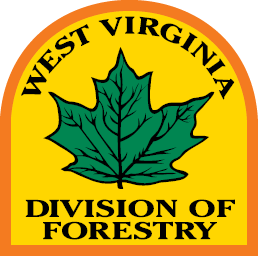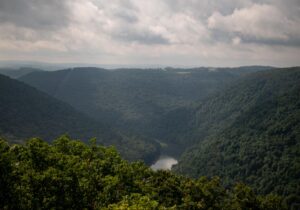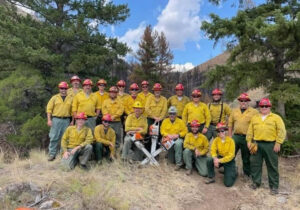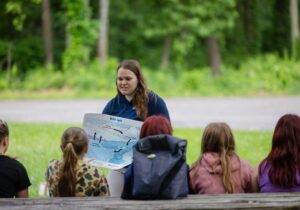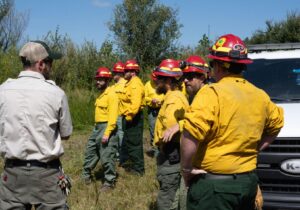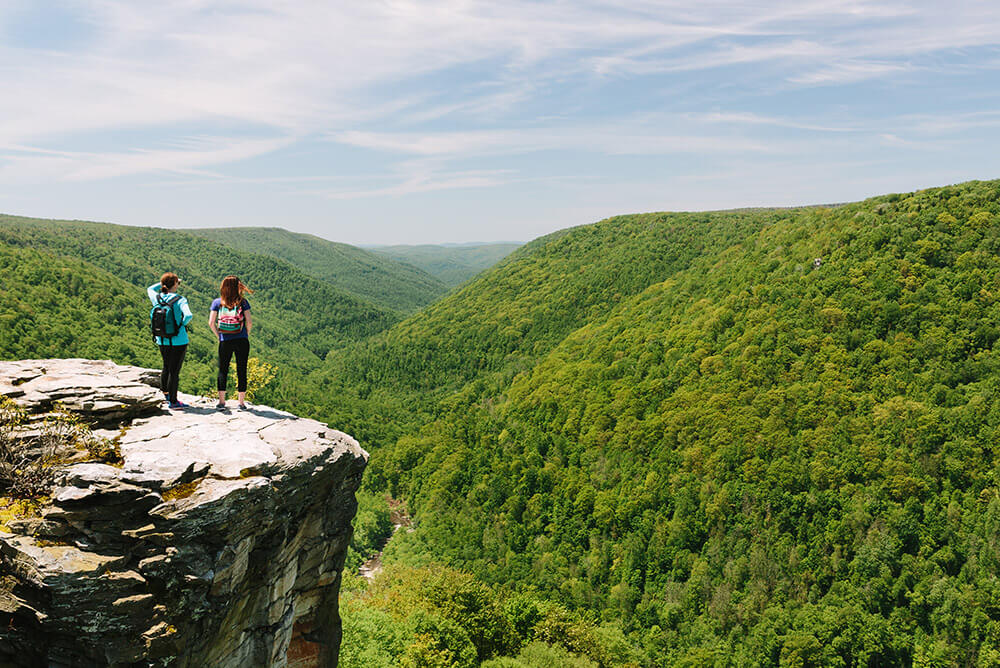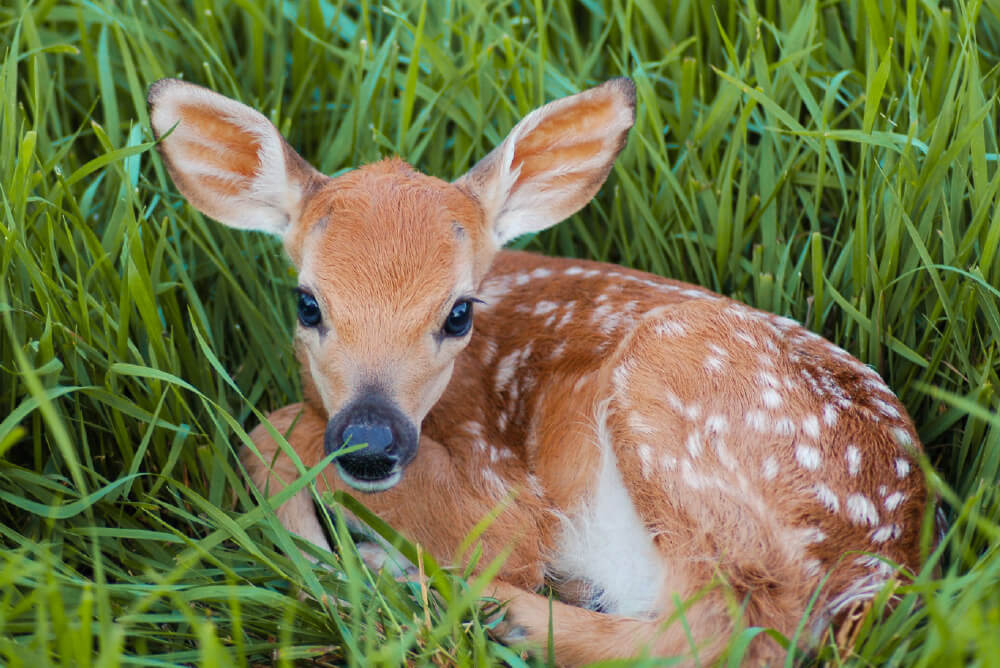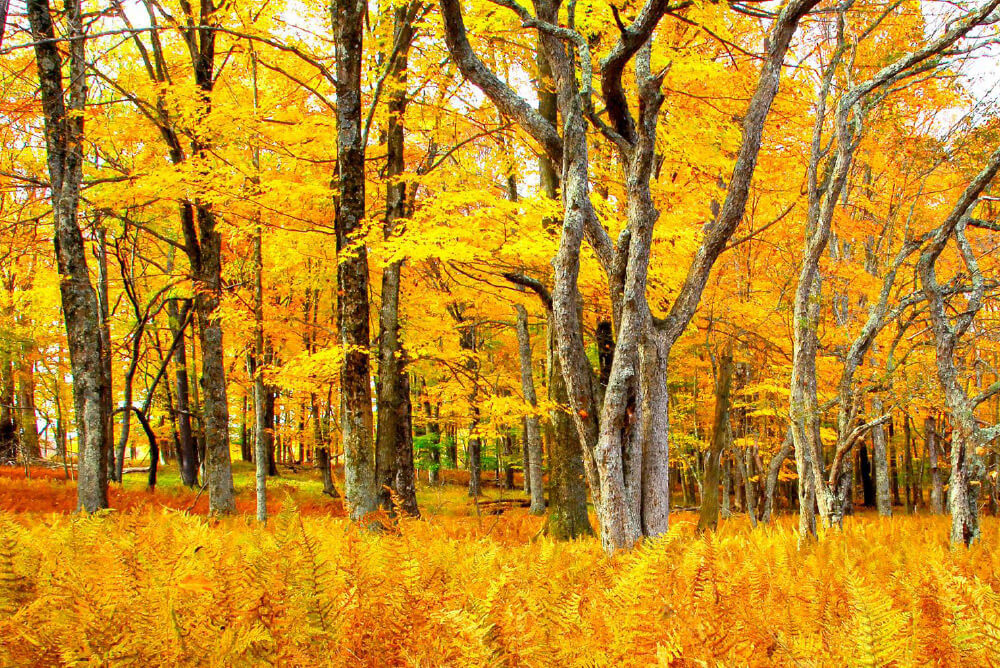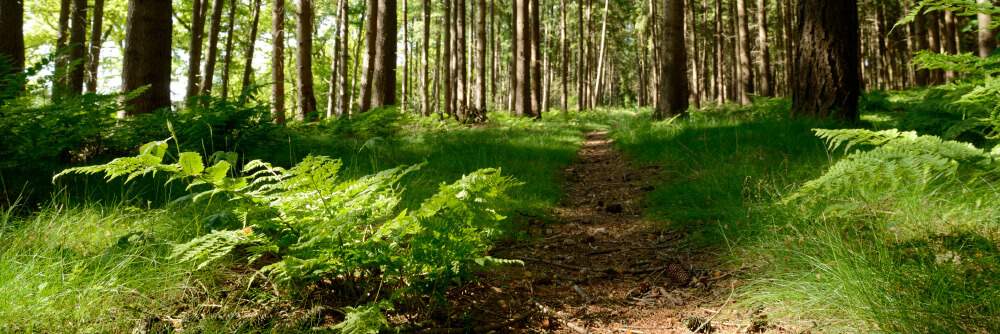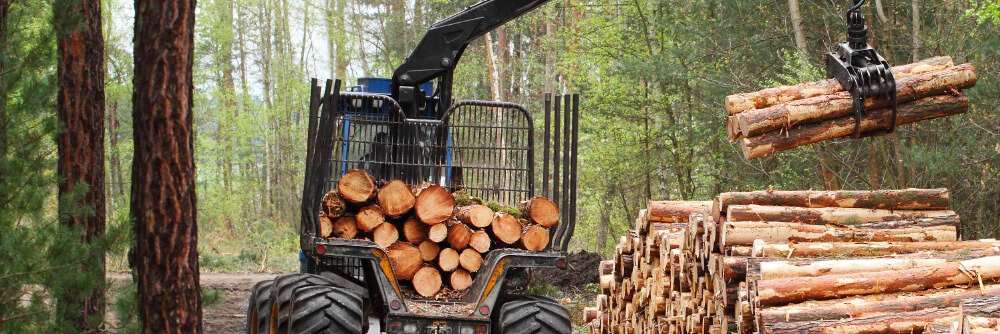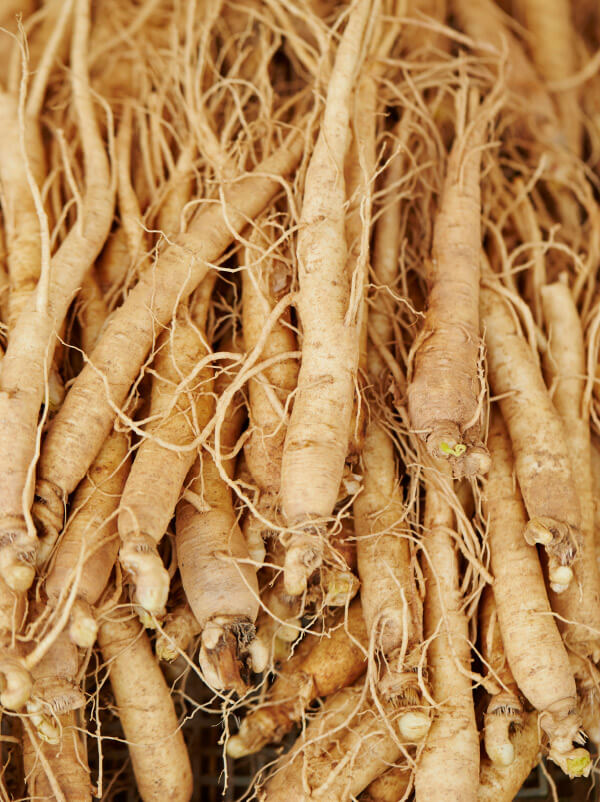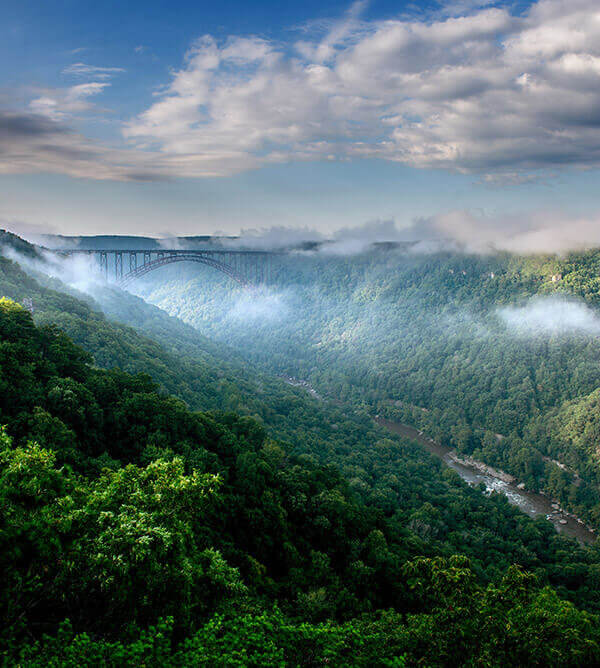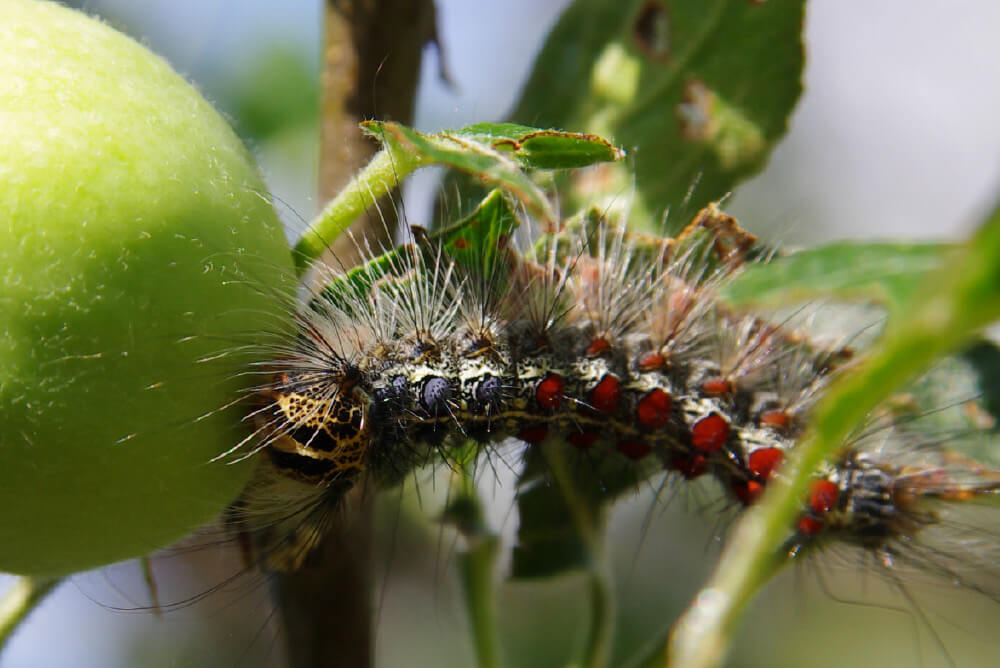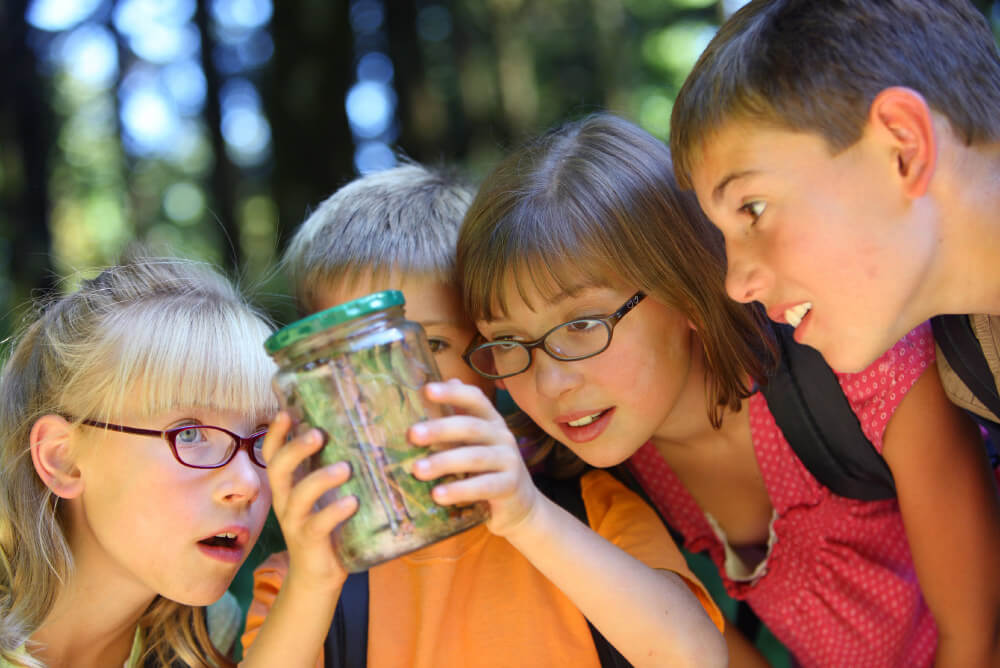WV Forestry celebrates trees during April’s Arbor Month
Most states celebrate April 24 as Arbor Day this year.
The West Virginia Division of Forestry celebrates Arbor Month in April each year.
Our trees have more than earned the honor.
Past mistakes led to disaster
Respect for our trees was a lesson we learned the hard way.
Originally, dense forests covered nearly the entire acreage of what is now West Virginia. Early settlers cleared the land for crops and settlements. Hundreds of large lumber mills sprang up in their wake. By the 1920s, the forests were timbered out, leaving brush and debris. The slash created kindling for wildfires that burned thousands of acres across the state. Without enough surviving trees, the land was vulnerable to floods and erosion. In 1933, the state legislature created the Conservation Commission, which created the positon of state forester. The Commission worked with the U.S. Civilian Conservation Corps (CCC) to plant new trees, fight wildfires, and develop wildlands.
You can find a more detailed history of the West Virginia Division of Forestry online.
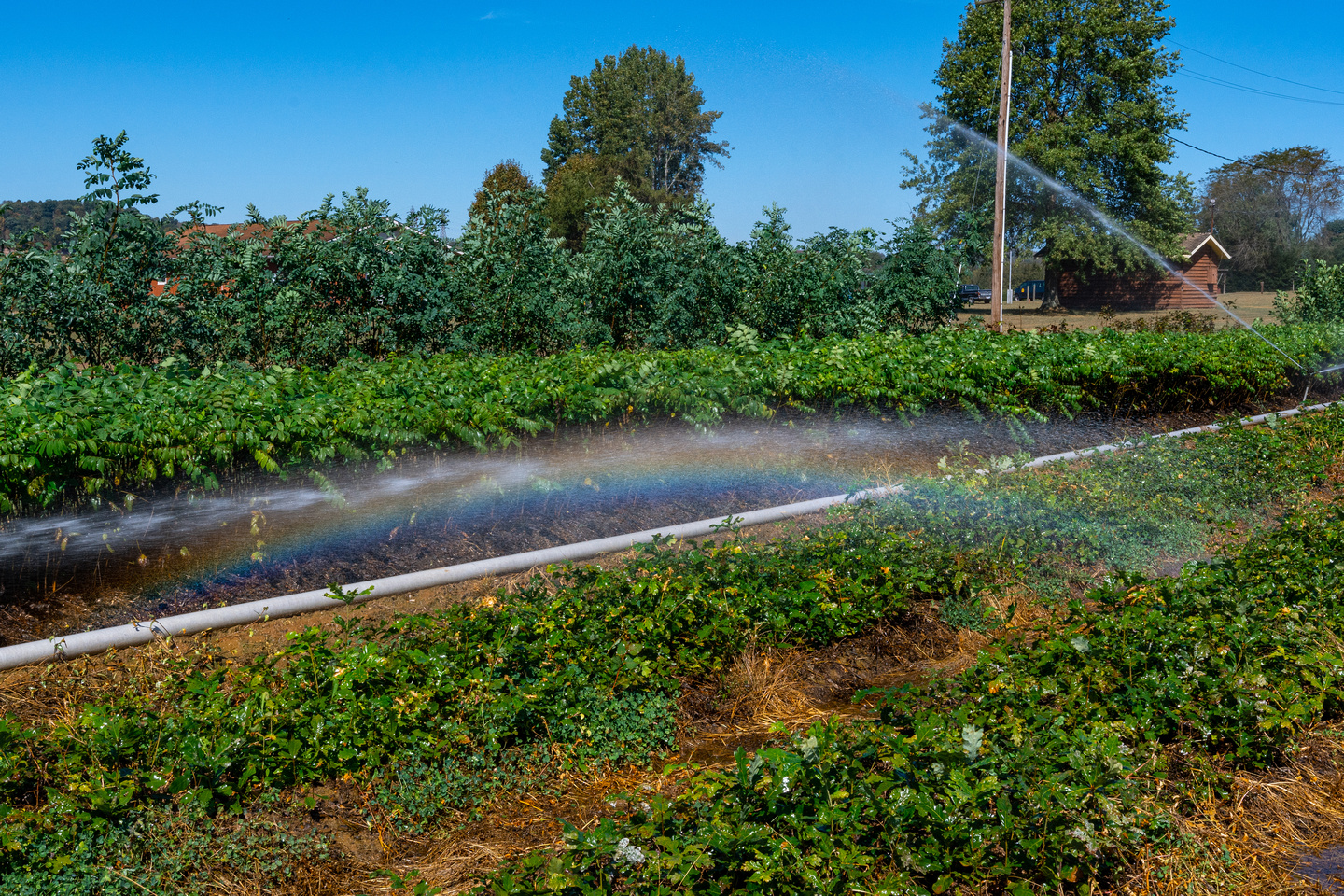
A sprinker waters trees at Clements Nursery
New mission takes root
West Virginia handed the Division of Forestry a new mission. The focus now is to protect, nurture, sustain and promote the wise use of our state’s forest resources.
Today, West Virginia is the third most forested state in the nation.
It manages seven state forests: Cabwaylingo State Forest, Wayne County; Calvin Price State Forest, Pocahontas and Greenbrier counties; Camp Creek State Park and Forest, Mercer County; Coopers Rock State Forest, Monongalia County; Greenbrier State Forest, Greenbrier County; Kumbrabow State Forest, Randolph County; and Seneca State Forest, Pocahontas County.
The Division of Forestry also operates Clements State Tree Nursery, thestate’s only forest tree nursery. The nursery produces bare-root seedlings, most of which are native West Virginia species. The seedlings are sold in lots of 25, for reforestation, coal mine reclamation, wildlife cover, Christmas tree production and private landowners.
As of February 2020, the nursery also sells container trees with no minimum order.
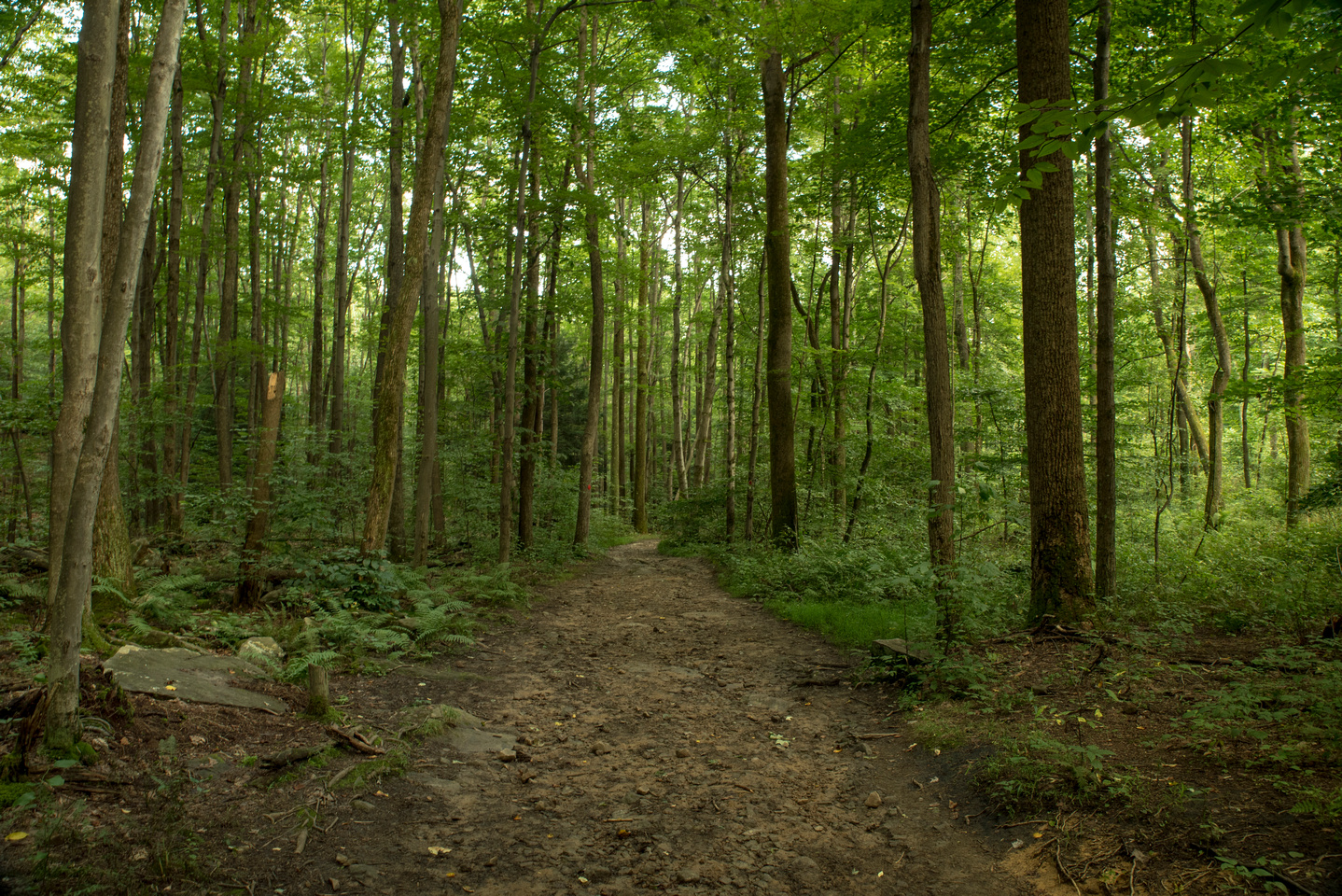
A winding path in Coopers Rock State Forest
Tree-mendous benefits
-
Environment. Take a deep breath. You can thank trees for the oxygen you just inhaled. Trees absorb carbon dioxide and release oxygen. The Amazon Rainforest alone produces more than 20% of the world’s oxygen. The Arbor Day Foundation reports that one large tree can provide a day’s supply of oxygen for up to four people.
If that’s not impressive enough to take your breath away, consider this: From the tips of their leaves to the bottom of their tangled roots, trees provide habitat for varied forms of animal and plant life. Even after a tree dies, it gives food and shelter to life from mushrooms to woodpeckers.
Remember that live West Virginia pine you decorated at Christmas? The Division of Forestry and other state agencies sink donated trees into lakes and ponds to create underwater habitat for fish and other life.
-
Economy. The wood industry in West Virginia generates $3.2 billion each year for the state’s economy. The state Division of Forestry reports that the wood products manufacturing industry and the jobs that go with it includes loggers, sawmills, dry kilns, rustic rail fence producers, veneer plants, furniture parts producers, kitchen cabinets and other wooden furniture.
The state’s trees also tap into other commercial endeavors such as maple syrup production, apple harvests and medicinal barks. Each fall, the state celebrates trees as economic attractions, drawing visitors to admire the colorful hues of West Virginia’s fall foliage. Many state residents as well as tourists enjoy the state’s forested state parks and woods where they can hike, bike, hunt, fish or simply relax.
-
Health and beauty. Trees provide a natural beauty to which the human spirit seems to respond. Studies indicate that people who can get out into nature, or at least a patch of greenery, tend to live longer, healthier and less stressed lives. A 17-year study by the U.S. Forest Service study found the loss of trees in areas hit by the destructive emerald ash borer correlated to increased heart disease, stroke and respiratory illness.
Discover more about the West Virginia Division of Forestry forest management programs by clicking here.
